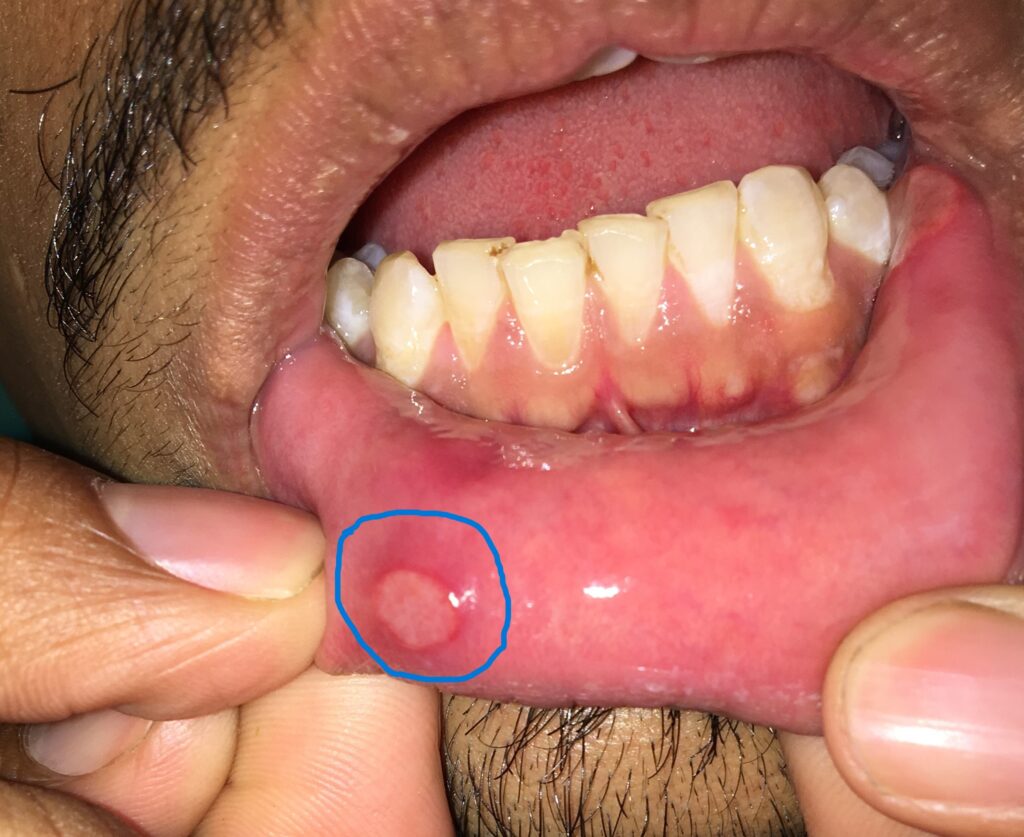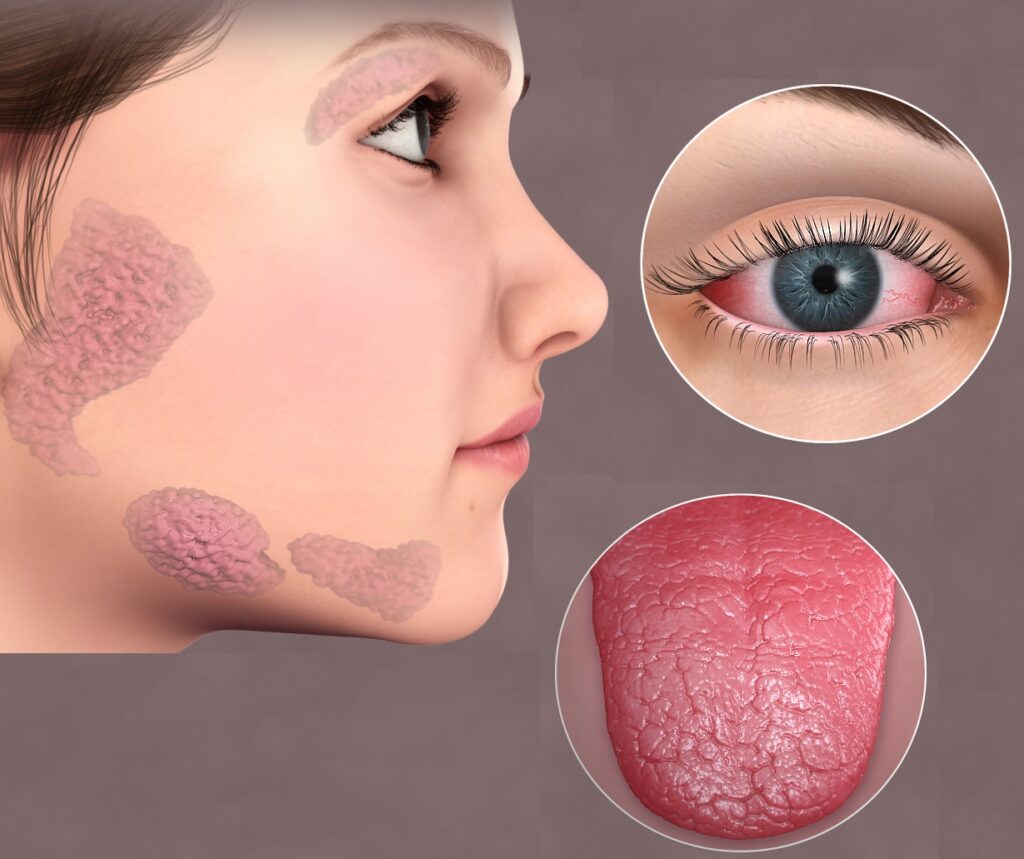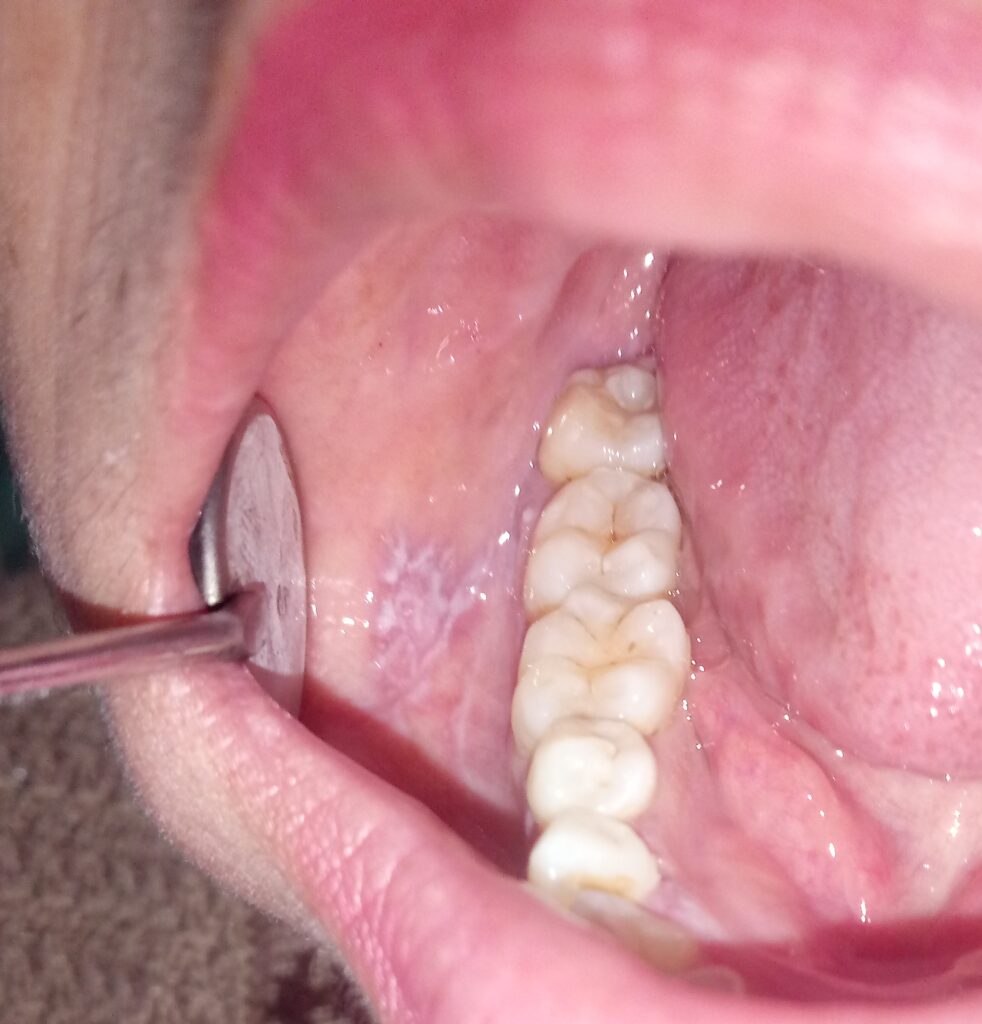
Care for jaw pain and dysfunction
Jaw pain and dysfunction can significantly impact one’s quality of life, affecting daily activities such as eating, speaking, and even sleeping. Fortunately, various treatment options are available to alleviate these issues and restore optimal jaw function. In this comprehensive guide, we will explore the essential care and instructions for patients undergoing jaw pain and dysfunction treatment.
Understanding Jaw Pain and Dysfunction
Jaw pain and dysfunction, often referred to as temporomandibular joint (TMJ) disorders, encompass a range of conditions affecting the jaw joint and surrounding muscles. Common symptoms include pain or tenderness in the jaw, difficulty chewing, clicking or popping sounds, and limited jaw movement. These issues can arise from various factors, including stress, teeth grinding, blocked wisdom teeth or misalignment of the jaw.
Diagnosis and Treatment of Jaw Pain and Dysfunction
Diagnosing and treating jaw pain and dysfunction involves a multifaceted approach. Initially, a comprehensive clinical evaluation, including medical history and imaging studies, is conducted to assess symptoms and identify contributing factors. Conservative treatments focus on pain management, dietary modifications, and stress reduction. Physiotherapy employs exercises and manual therapy to improve jaw mobility and muscle function. Splint therapy involves custom-fitted oral appliances to stabilize the jaw, while orthodontic intervention addresses malocclusions through appliances like braces or Invisalign.
For more severe cases, interventions such as the extraction of problematic third molars or joint lavage (arthrocentesis) may be recommended. Intraarticular injections, including corticosteroids, aim to reduce inflammation in the temporomandibular joint (TMJ). Surgical options range from arthroscopy for minimally invasive joint exploration to joint replacement in cases of significant degeneration. Orthognathic surgery corrects severe malocclusions and improves overall jaw alignment and facial harmony. The treatment plan is tailored to individual needs, often involving collaboration among dentists, oral surgeons, orthodontists, and physiotherapists for comprehensive care.
Essential Care and Instructions for Patients Undergoing Treatment for Jaw Pain and Dysfunction
Adherence to Treatment Plan
- Following the prescribed treatment plan is essential for successful outcomes. Patients should attend scheduled appointments, adhere to medication regimens, and actively participate in recommended therapies. Consistency is key to achieving long-term relief.
Be aware of habits or patterns of jaw use
- Avoid tooth-to-tooth contact, keeping the teeth slightly apart when not in use.
- Identify and address clenching, grinding, or tapping of teeth, especially during stress.
Oral Hygiene and Diet Modifications
- Maintaining good oral hygiene is crucial for preventing further complications. Patients should brush and floss regularly.
- Avoiding habits like excessive gum chewing or biting hard objects.
- Dietary modifications, such as opting for softer foods, can also ease strain on the jaw joint.
- Cut food into smaller pieces, avoiding wide mouth opening and chewy/sticky foods.
Do not test the jaw
- Avoid excessive jaw movements to assess pain or motion.
- Refrain from habitually clicking the jaw if a click is present.
Proper Posture Awareness
- Improper posture can contribute to jaw issues. Patients should be mindful of their posture, especially while sitting at desks or using electronic devices. Ergonomic adjustments can be made to reduce strain on the neck and jaw.
- Do not lean on or cup the chin during desk work or at the dining table.
- Avoid sleeping in postures stressing the jaw.
Adopt other helping practices
- Support the jaw during yawning by applying mild pressure underneath the chin.
- Apply moist hot compresses to the sides of the face and temple areas twice daily.
Exercises for Jaw Stiffness
- Perform jaw opening-closing exercises within comfort zones.
- Include jaw stretching and smiling exercises, gradually increasing repetitions.
Stress Management Techniques
- Stress is a common contributor to jaw pain and dysfunction. Incorporating stress management techniques, such as deep breathing exercises, meditation, or yoga, can help alleviate tension and reduce symptoms.
Care Required
- Avoid causes and use both sides of jaws for chewing.
- Maintain proper sleeping and sitting postures.
- Prioritize rest to heal, gradually strengthening the jaw.
- Consume a soft diet for initial weeks, slowly transitioning to a routine diet.
- Avoid over-chewing, excessive talking, and loud singing during healing.
- Apply moist heat, gentle massage, and cold compresses based on symptoms.
- Consider OTC pain relievers for short-term relief.
Conclusion
If you are experiencing jaw pain or dysfunction, consult with a healthcare professional to determine the most appropriate course of action tailored to your specific needs.
Effective management of jaw pain and dysfunction involves a multidisciplinary approach, including professional interventions, lifestyle modifications, and patient adherence to prescribed care. By understanding the condition, actively participating in treatment, and adopting healthy habits, individuals can significantly improve their quality of life and regain optimal jaw function.
FAQs (Frequently Asked Questions)
Can Jaw Pain and Dysfunction be Prevented?
While some factors may be unavoidable, adopting good oral hygiene practices, managing stress, and maintaining a healthy lifestyle can contribute to preventing or minimizing jaw pain and dysfunction.
How Long Does Treatment Typically Last?
The duration of treatment varies depending on the severity of the condition and individual response to interventions. Some patients may experience relief within weeks, while others may require more extended periods of therapy.
Are Medications Always Necessary for Treatment?
Not all cases require medications. Depending on the diagnosis, treatment may focus on non-pharmacological interventions such as physical therapy, lifestyle modifications, or orthodontic measures.
Can I resume normal chewing habits after the initial healing period?
Gradually reintroduce normal chewing, starting with softer foods and monitoring any discomfort.
How often should I perform jaw exercises?
Begin with 2-3 times a day and increase gradually; consult your dentist for personalized recommendations.
When should I seek professional help for jaw pain?
Consult your Dental Surgeon/Oral Physician if symptoms persist or worsen despite self-care efforts.











